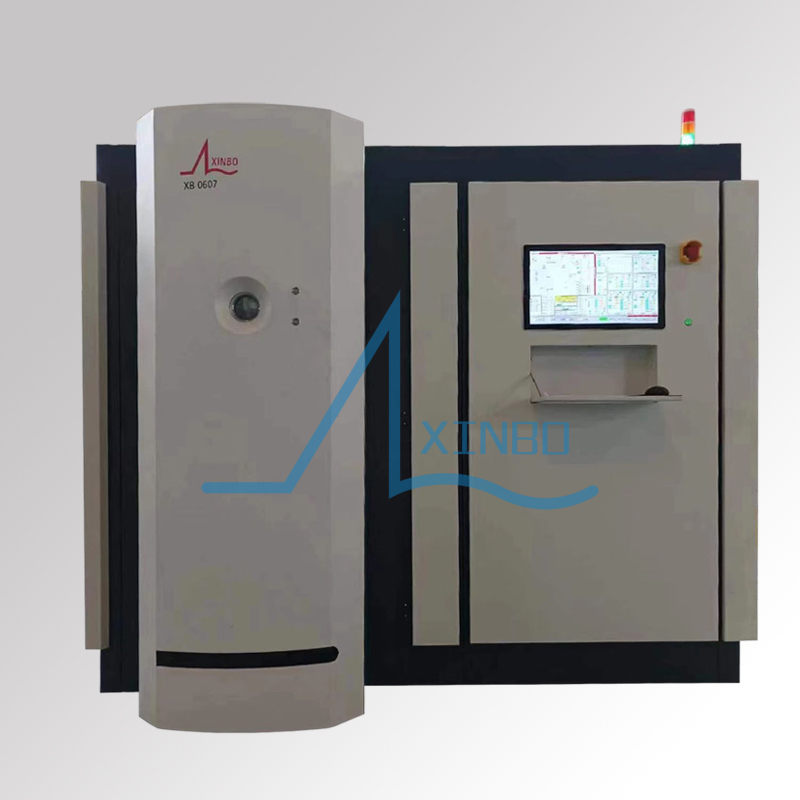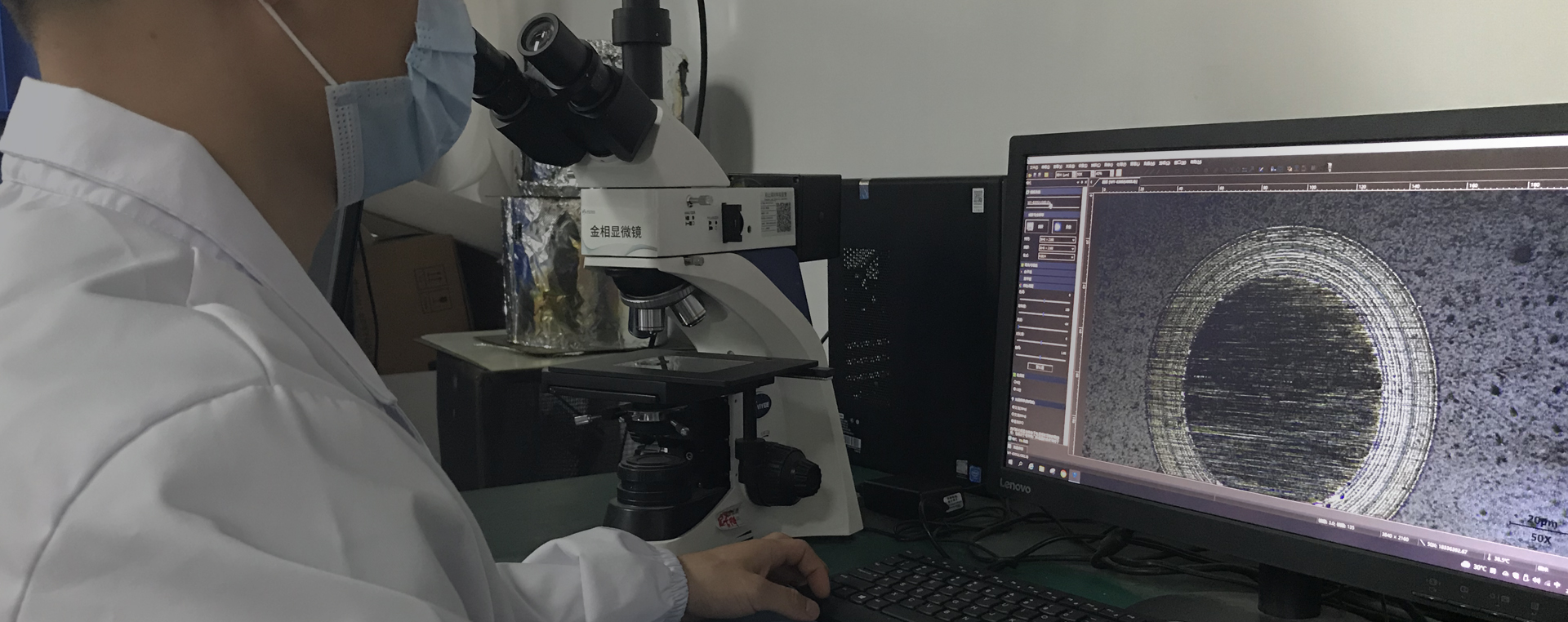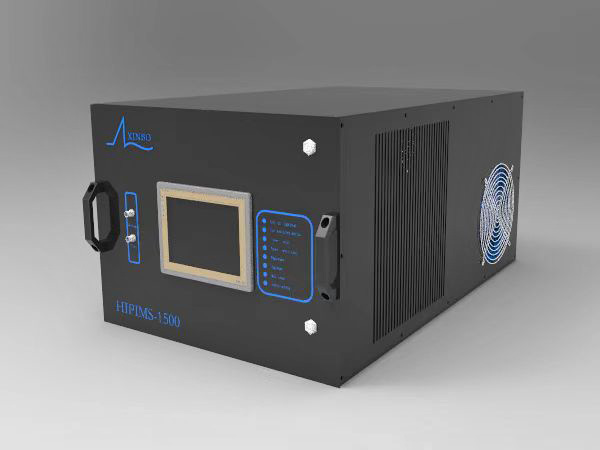Can HiPIMS power supply deposit oxides
HiPIMS (High Power Impulse Magnetron Sputtering) is a thin film deposition technique that utilizes high-density plasma generated by a high-frequency pulse power source for material sputtering deposition. Compared to traditional direct current magnetron sputtering (DCMS), HiPIMS technology has advantages such as higher ionization rate, better film quality, and more uniform film thickness. Therefore, HiPIMS technology has been widely applied in the field of thin film deposition, especially in the preparation of high-quality and high-performance thin film materials.
The answer to the question of whether HiPIMS power supply can deposit oxides is affirmative. In fact, HiPIMS technology is highly suitable for depositing various types of oxide thin films, including but not limited to titanium dioxide (TiO ₂), zinc oxide (ZnO), aluminum oxide (Al ₂ O3), etc. These oxide thin films have broad application prospects in fields such as solar cells, displays, sensors, etc. due to their excellent optical, electrical, and mechanical properties.

The key to depositing oxide thin films using HiPIMS technology is:
Gas mixing ratio: During the deposition process, oxygen and argon are usually mixed in a certain ratio to promote the formation of oxides. The proportion of oxygen determines the composition and properties of the film.
Pulse parameters: The pulse frequency, pulse width, peak power density, and other parameters in HiPIMS technology are crucial for the quality of thin films. Optimizing these parameters can improve the density and adhesion of the film.
Target selection: Choose suitable metal target materials (such as titanium, zinc, aluminum, etc.) as raw materials, and form the required oxide film through oxidation reaction.
Substrate processing: The cleanliness of the substrate and the pre-treatment steps also have a significant impact on the quality of the film. Ensure that the substrate helps to improve the adhesion between the film and the substrate.
In summary, HiPIMS, as a thin film deposition technology, can not only deposit metal thin films, but is also particularly suitable for depositing high-quality oxide thin films. By controlling process parameters, oxide thin film materials with excellent properties can be obtained to meet the needs of different industries.
 0769-81001639
0769-81001639

